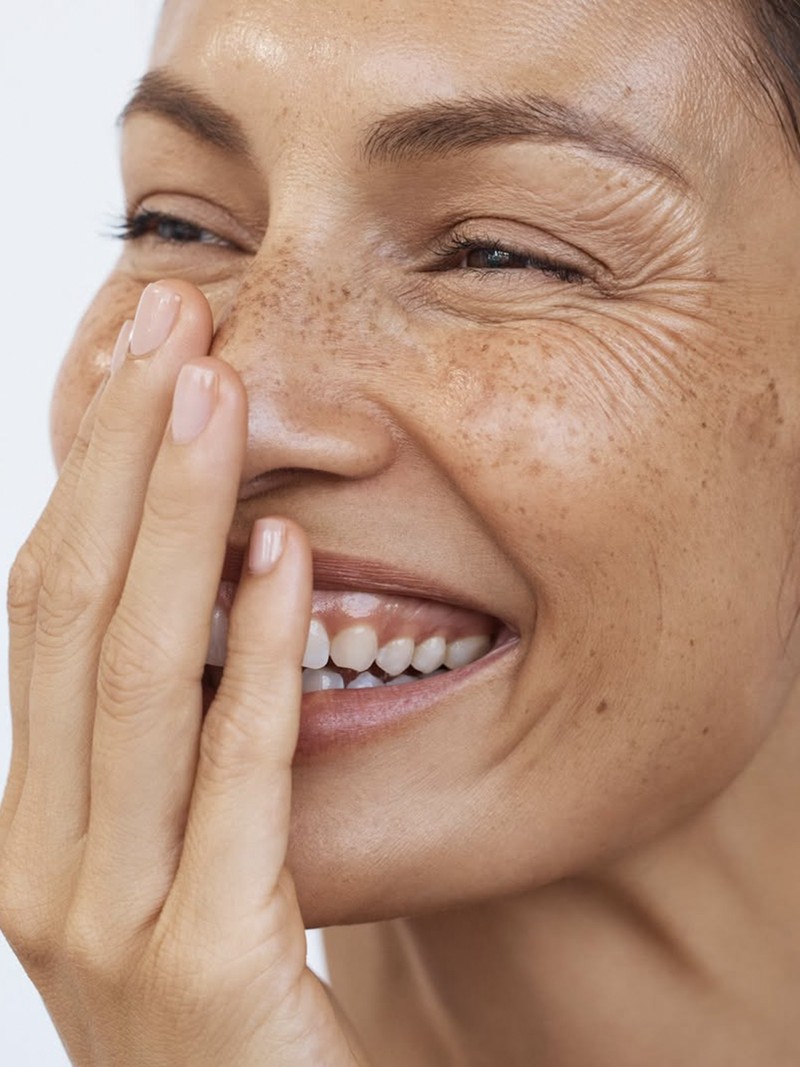
How To Tackle Hyperpigmentation & Dark Spots
The Hyperpigmentation Definition
“Hyperpigmentation refers to patches of skin that are darker than the surrounding skin. It’s a common condition that occurs when there’s an overproduction of melanin, the pigment that gives our skin its colour. This excess melanin is usually harmless, but it can be tricky to treat without prescription-grade ingredients or professional treatments like laser.” – Dr Catriona Maybury, dermatologist & medical director at Dermatica
Dark Spots Don’t Have A Single Cause
“Most of us assume UV exposure is the main cause of dark spots. But other inflammatory stressors include acne breakouts, harsh chemicals on the skin and even hormonal fluctuations, such as those in pregnancy or when taking the contraceptive pill. Hormone-related patches of pigment are often referred to as melasma and tend to be more diffused patches of pigmentation compared to age spots. The perimenopause and menopause also contribute. This is because during this time, our oestrogen levels plummet, which is why we often see sagging skin and dehydrated complexions in post-menopausal women. While the exact mechanism isn’t fully understood, we do know that these fluctuations can trigger melanocytes to overproduce melanin in an abnormal way.” – Dr Anita Sturnham, GP, founder of Decree & wellness clinic Nuriss
It Appears Differently, Depending On Your Skin Tone
“The darker your skin, the more prone you are to hyperpigmentation. This is because darker skin contains more melanin and more active melanosomes (cells that store melanin). In lighter skin, hyperpigmentation often shows up as light brown marks, whereas in darker skin it can look black or even have a purplish hue.” – Dr Emma Amoafo-Mensah, consultant dermatologist & founder of House Of Medics
It’s Incredibly Common
Age Spots
“Otherwise known as sun spots, these patches are caused by an increased production of melanin, produced by cells called melanocytes and released whenever the skin is exposed to inflammation or injury. The pigment produced acts as a defensive shield, blocking damaging stressors such as UV rays from entering the deeper skin layers, thereby preventing DNA damage.” – Anita
Melasma
“Characterised by brown spots or greyish patches, melasma – also known as chloasma – typically appears on the face and is triggered by sun exposure or hormonal changes, for instance pregnancy, birth control pills and hormonal therapies.” – Catriona
Post-Inflammatory Hyperpigmentation
“This is one of the most common skin complaints in people with darker skin. It can occur because of acne, eczema, psoriasis or using harsh products or treatments that are not performed properly, like laser or a chemical peel.” – Emma
The Different Forms
“Hyperpigmentation, particularly age spots caused by UV damage, tend to appear after the age of 40 on sun-exposed areas, such as the face, hands and décolletage, but they can occur in younger skin too, especially if there’s a history of UV damage.” – Anita
Contrary To Popular Belief, Fats Aren’t A Trigger
“There are so many myths floating around, and one of the biggest is that unsaturated fats contribute to age spots. There is no reliable data to support this theory and, in my clinical experience, I’d say the opposite is true – they actually have multiple skin health benefits. Our epidermal health (the top skin layers) relies on a balanced ratio of fatty acids, ceramides and cholesterol. This barrier helps to block harmful UV rays and pollution from entering the skin and also stops the important stuff, such as water, escaping through a process called transepidermal moisture loss. Studies show dietary and topical application of unsaturated fatty acids can also reduce UV related skin damage and, in turn, pigmentation.” – Anita
The Difference Between Age Spots & Melanoma Is Often Confused
“People often get the two mixed up. As a rule of thumb, age spots are known for their small, brown appearance. They occur as flat patches of pigmentation and you will usually have several of them, rather than one in isolation. If you do notice an area of new pigmentation that looks unusual, it’s worth getting a dermatologist to check your skin, as some types of skin cancer can present as pigmented lesions too.” – Anita
Prevention Is Better Than Cure
“I recommend wearing a daily SPF product (minimum SPF 30) to help prevent UV damage-induced pigmentation, the main cause for hyperpigmentation spots. Remember, we’re exposed to UV rays every single day, all year round, even on those grey and drizzly days. It’s just not worth going unprotected.” – Anita
“Daily sun protection is a must. Make sure you check yours contains UVA protection too, not just UVB. Squeeze out two finger lengths of sunscreen and apply it to your face and neck.” – Emma
The Treatments, Ingredients & Steps That Can Make A Difference…
In General:
“Ingredients such as hydroquinone, azelaic acid, vitamin C and kojic acid all block an enzyme called tyrosinase, an important enzyme the skin uses to make melanin. Blocking the enzyme helps to reduce hyperpigmentation. Retinoids can also help to remove excess melanin, and exfoliants such as AHAs increase cell turnover so fresh cells come to the surface. To effectively treat hyperpigmentation, I recommend using a mixture of topical products to target different points of the melanin lifespan. For example, a retinoid at night, vitamin C and azelaic acid in the morning, and a chemical exfoliant twice a week is a good place to start.” – Emma
Prescription-Grade:
Hydroquinone
“This is a prescription-only skin-lightening agent, considered the gold standard for treating concerns like dark spots and melasma. It can be found in the Dermatica Hyperpigmentation Personalised Treatment Pathway, but you must use the ingredient carefully, and follow a dermatologist’s advice. Hydroquinone can cause side effects such as irritation, redness, itching, dryness, allergic reactions and contact dermatitis. Long-term use can lead to ochronosis, a condition that causes blue-black spots and pigmentation, so please ensure you use it safely. You must wear sunscreen with a minimum of SPF 30 when using hydroquinone as it can increase your skin’s sensitivity to UV exposure.” – Catriona
Tretinoin
“Something of a multitasker, this prescription retinoid and vitamin A derivative is one of the best evidence-based methods for treating acne, pigmentation and signs of ageing. Tretinoin needs to be prescribed by a dermatologist. It works by stimulating skin cell production, encouraging exfoliation to reveal new skin underneath. Your skin becomes brighter as a result.” – Catriona
Over The Counter:
Vitamin C
“This much-loved antioxidant can help prevent oxidative stress in the skin. Oxidative stress can speed up melanogenesis, the process of melanin production, so by reducing this stress, vitamin C indirectly slows down tyrosinase activity.” – Catriona
Vitamin A
“A daily dose of vitamin A (retinol) 0.5-1% in third-generation form works well for most patients. Vitamin A is a fabulous multitasker and, in a good-quality cosmeceutical formulation, works to reduce cell damage, boost repair, regulate oil production, boost collagen and reduce pigmentation. It works by stabilising melanocytes and breaking down melanin. It needs to be used in a night cream or serum to work best, as it is destabilised by UV rays. For this same reason, all products rich in active-strength vitamin A should come in opaque packaging.” – Anita
Tranexamic Acid
“Studies have shown that tranexamic acid effectively reduces melanin production and hyperpigmentation. An advantage of this ingredient is that it suits a wide range of skin types, including sensitive skin. It can also be used safely over extended periods, making it an excellent option during breaks from hydroquinone.” – Catriona
Azelaic acid
“Azelaic acid doesn’t only reduce the appearance of hyperpigmentation, it can also calm redness and inflammation associated with conditions like acne and rosacea thanks to its anti-inflammatory properties, lowering the risk of post-inflammatory hyperpigmentation. It’s also suitable for all skin types, including sensitive skin, and while pregnant or breastfeeding.” – Catriona
Finally, Consider A Professional Treatment
“Your dermatologist may recommend chemical peels, lasers or microneedling. It’s very important that the practitioner performing these treatments has experience in treating people with similar skin to you, because, if not carried out correctly, these can make hyperpigmentation worse. My best piece of advice is to manage your expectations. Don’t expect an overnight miracle. Good results require consistency and patience.” – Emma
Follow @DRANITASTURNHAM, @DERMDREMMA & @DRCATRIONAMAYBURY & visit DERMATICA.COM, THEDECREE.COM, NURISS.CO.UK & HOUSEOFMEDICS.ORG
SHOP THE PRODUCT EDIT
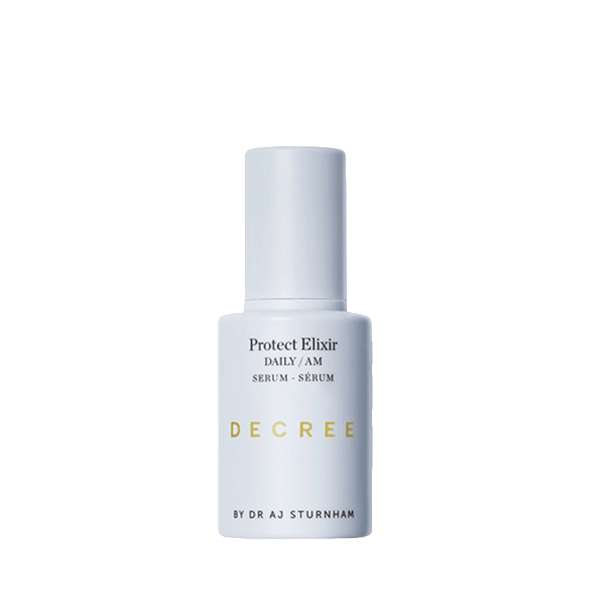

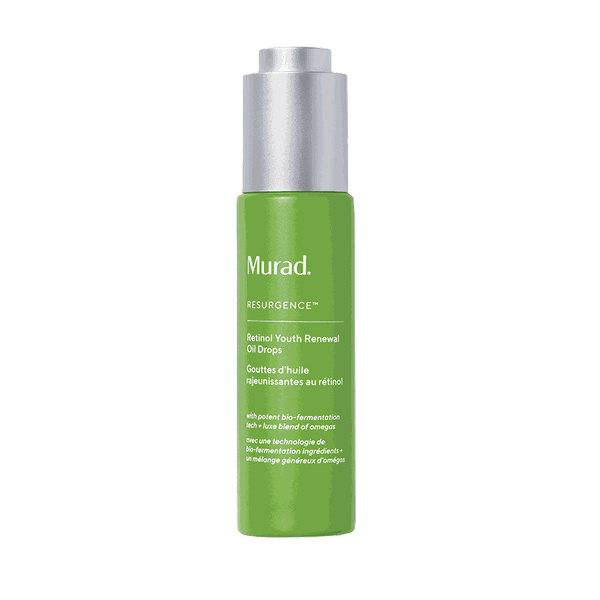
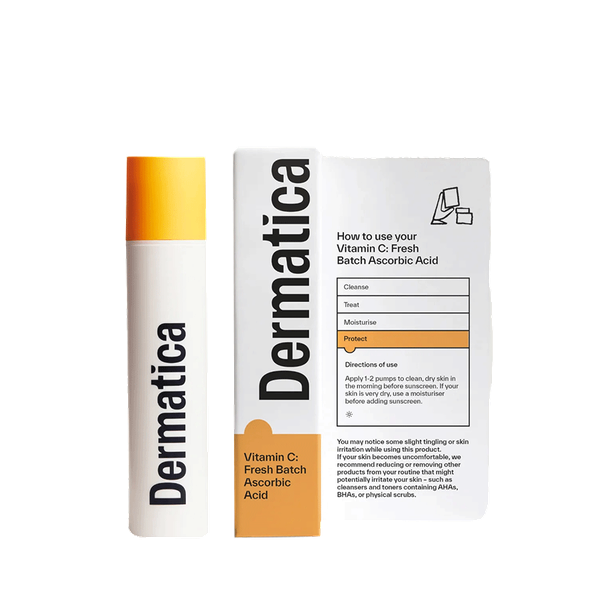
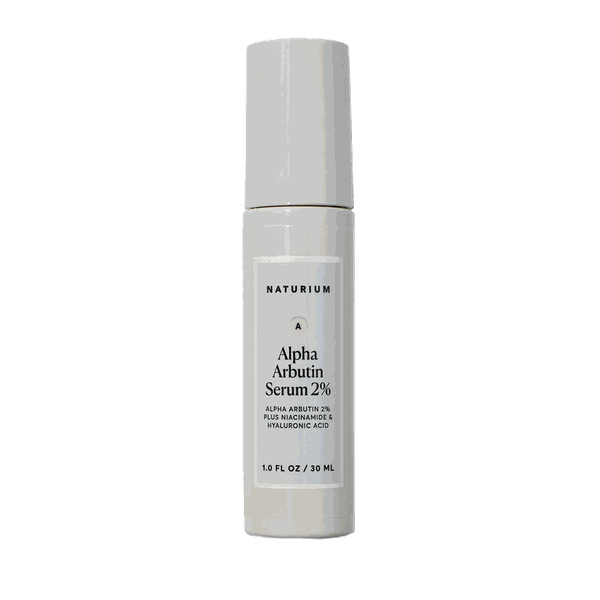
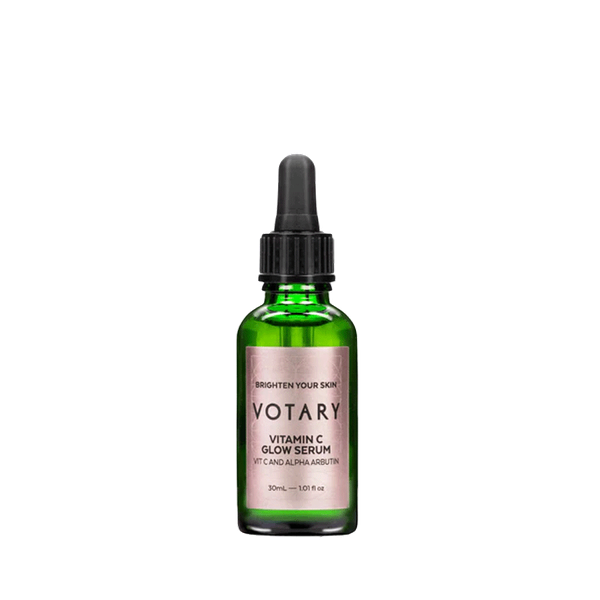
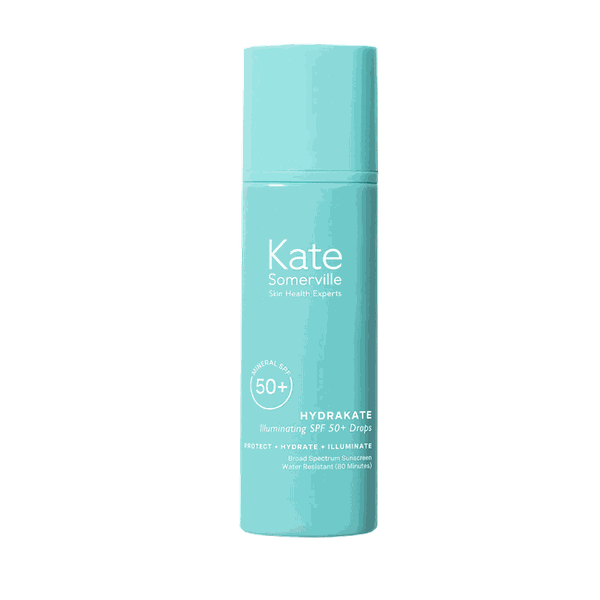
DISCLAIMER: We endeavour to always credit the correct original source of every image we use. If you think a credit may be incorrect, please contact us at info@sheerluxe.com.


